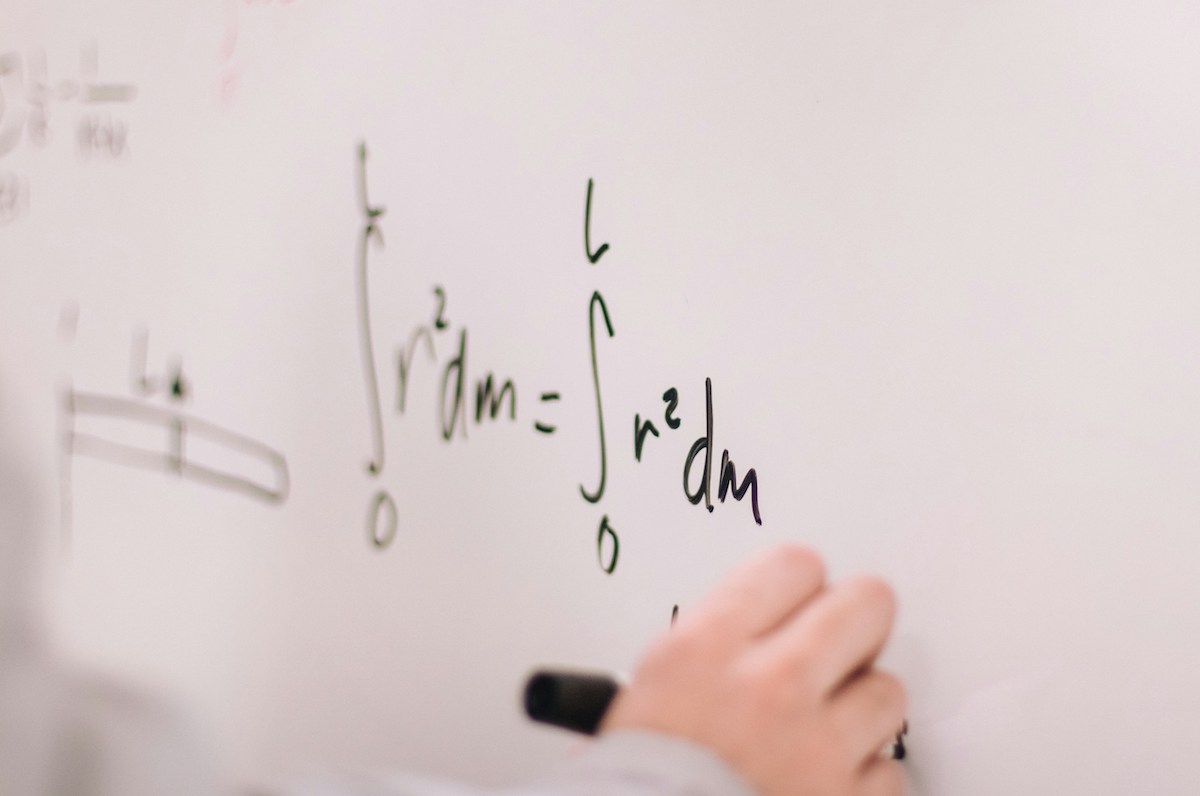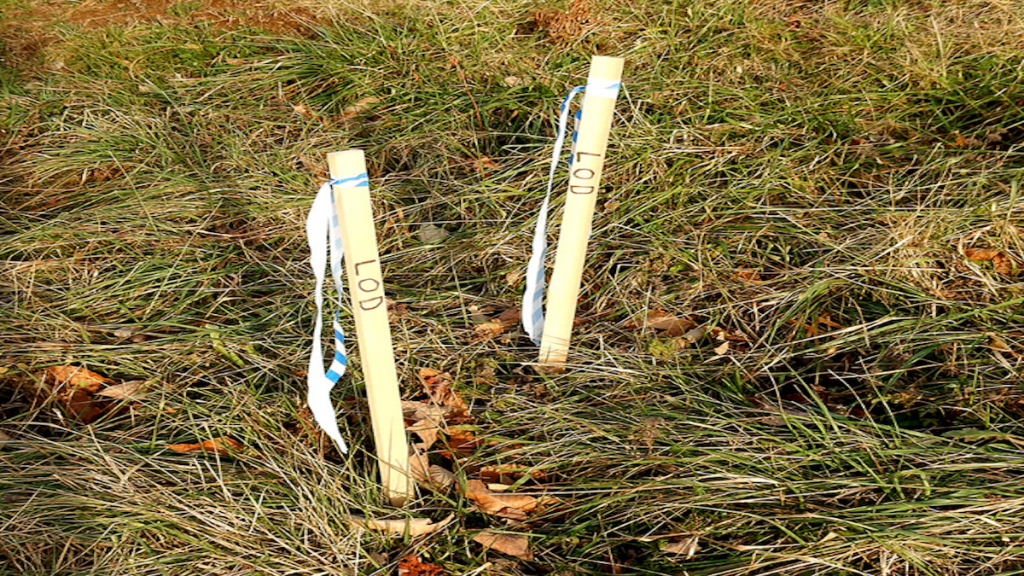One of the most common questions we hear from aspiring land surveyors and individuals interested in land surveying services in Salt Lake City, Utah, revolves around the amount and type of math involved in the profession. The simple answer is yes, math plays a crucial role in land surveying. However, the complexity and type of mathematics used can vary widely depending on the specific tasks at hand. In this article, we’ll explore how math is applied in land surveying, shedding light on why it’s essential and how it impacts the work of land surveyors in Utah and beyond.
The Mathematical Foundations of Land Surveying
Core Mathematical Principles
- Land surveying incorporates a variety of mathematical principles, from basic arithmetic to more complex calculus and geometry. The fundamentals of geometry are particularly important, as they help surveyors understand and calculate angles, distances, and elevations.
- Trigonometry is another pillar of land surveying math, essential for determining precise locations and boundaries. Surveyors often use trigonometric functions to calculate the heights of objects, slopes of land, and other critical measurements.
Applying Math in the Field
- In practice, land surveyors use math to interpret and verify data collected during surveys. This includes converting measurements taken in the field into usable formats, calculating areas, and determining property boundaries.
- Advanced applications may involve algebra and calculus, especially when surveyors need to calculate volume for earthwork operations or assess changes in terrain over time.
Technological Advances and Mathematical Applications
Modern Surveying Equipment
- The evolution of surveying technology, such as GPS and GIS systems, has changed how surveyors apply math in their work. While these tools have automated many calculations, understanding the underlying mathematical principles is crucial for accurate data interpretation and problem-solving.
- For an in-depth look at how technology is reshaping land surveying, the National Society of Professional Surveyors offers resources and insights.
Software and Math
- Surveying software often includes complex algorithms that process and analyze survey data. However, surveyors must still apply mathematical concepts to ensure the accuracy of these tools and interpret their outputs correctly.
Math in Land Surveying Education and Training
Educational Requirements
- Aspiring land surveyors typically need a strong foundation in math to succeed in their education and professional training. Many land surveying programs, especially those accredited by institutions like ABET, include coursework in mathematics, physics, and related disciplines.
- Continuous learning is also essential, as surveyors must stay updated on new technologies and methodologies that can impact mathematical applications in their field.
The Reality of Math in Everyday Land Surveying
Practical Math Skills
- While the thought of using advanced math daily might seem daunting, many land surveyors find that practical math skills are more frequently used. This includes measuring, calculating areas and volumes, and basic data analysis.
- For those interested in the profession or needing land surveying services, understanding the role of math can demystify the process and highlight the expertise that surveyors bring to their projects.
Conclusion: Math is undeniably a significant aspect of land surveying, providing the foundation for accurate, reliable measurements and analyses. For professionals in Salt Lake City, Utah, and beyond, embracing the mathematical side of land surveying is key to navigating the challenges and complexities of the field. Whether you’re considering a career in land surveying or seeking surveying services, appreciating the role of math can enhance your understanding and appreciation of this vital profession.
For more information about land surveying services and the importance of math in our work, visit Cook Surveying’s services page.



